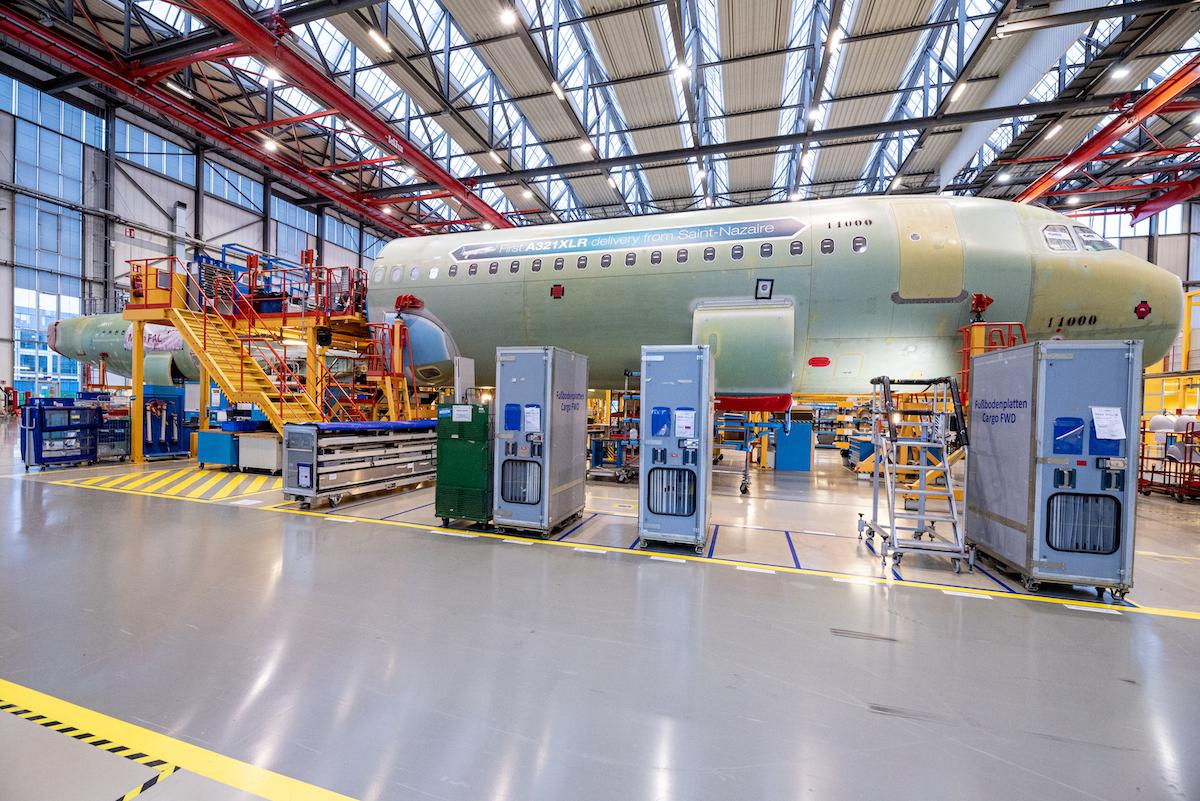
Credit: Airbus/Stefan Kruijer
Airbus is aiming to produce its A320neo family at a rate of 50 aircraft per month by the end of the year and is telling investors that reaching 2022 delivery targets is still doable. Getting to the targeted 700 deliveries for the year “is anything but a walk in the park in this environment,” Airbus...
Subscription Required
This content requires a subscription to one of the Aviation Week Intelligence Network (AWIN) bundles.
Schedule a demo today to find out how you can access this content and similar content related to your area of the global aviation industry.
Already an AWIN subscriber? Login
Did you know? Aviation Week has won top honors multiple times in the Jesse H. Neal National Business Journalism Awards, the business-to-business media equivalent of the Pulitzer Prizes.



